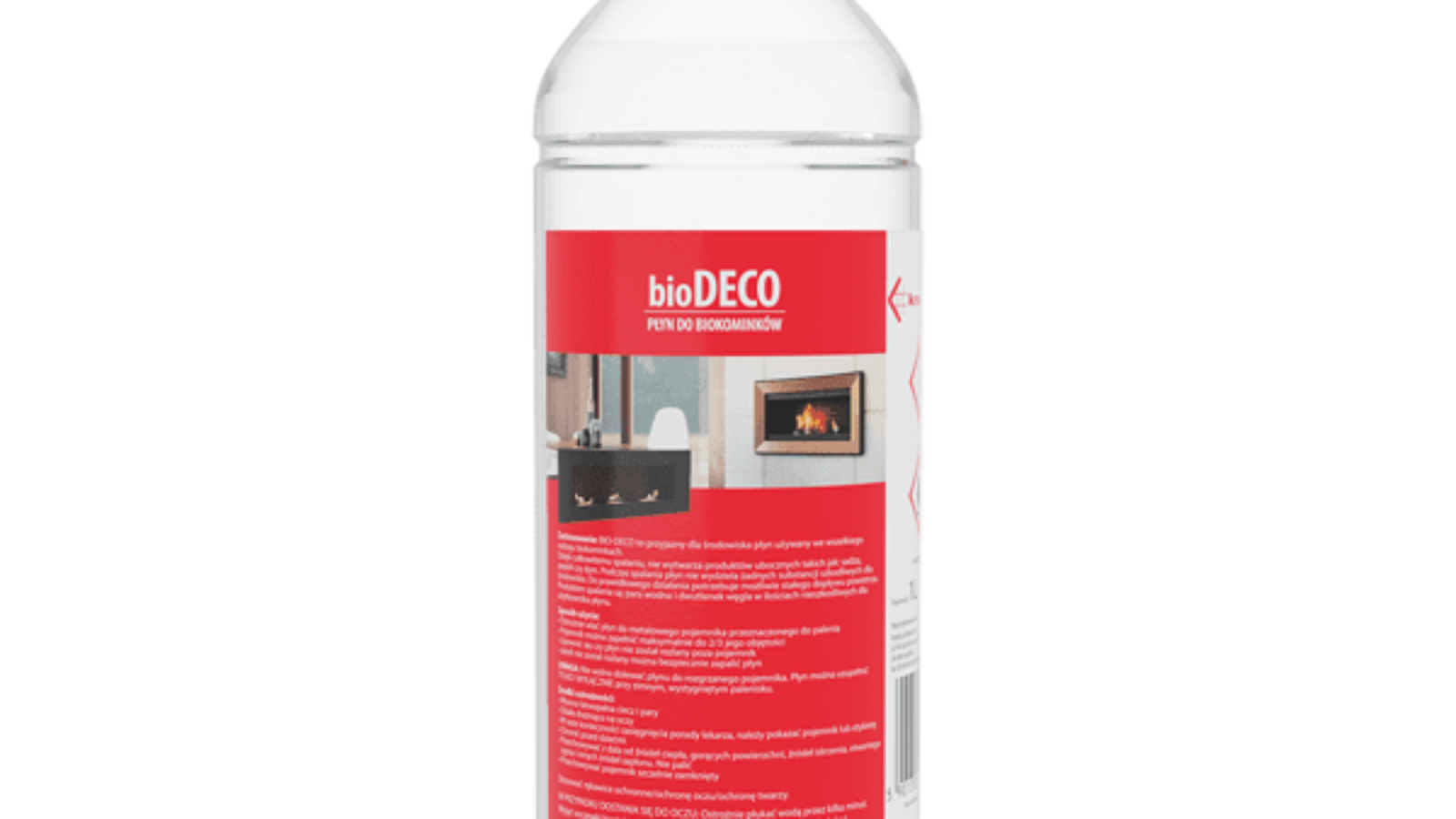Bioetanoli
Biofireplaces are becoming increasingly popular due to their convenience and eco-friendliness. However, the key element that makes them so effective and safe is biofuel, most commonly in the form of bioethanol. In this article, we’ll explore what bioethanol is, how it’s produced, and why it’s the ideal fuel for biofireplaces.
What Is Bioethanol?
Bioethanol is a type of ethyl alcohol made from renewable sources like corn, sugarcane, potatoes, wheat, and other plant materials. Unlike traditional fuels that are derived from oil, bioethanol is produced through the fermentation of sugars from these plants, making it a clean and renewable energy source.
The production process of bioethanol involves the following steps:
- Collecting raw materials: Plants with high sugar or starch content are harvested for processing.
- Fermentation: Sugars or starches are converted into ethanol through fermentation using yeast.
- Purification and distillation: The ethanol is then purified and distilled to produce high-quality fuel ready for use.
Why Is Bioethanol Ideal for Biofireplaces?
Bioethanol has several unique properties that make it the perfect fuel for biofireplaces:
- Eco-friendliness: When bioethanol burns, it releases only minimal amounts of carbon dioxide and water vapor. As a result, it doesn’t pollute the air with harmful substances like traditional fuels such as wood or coal. This makes it safe to use indoors with proper ventilation.
- No smoke or soot: One of the main advantages of bioethanol is that it produces no smoke, soot, or ash when burned. This means you don’t have to worry about staining your walls, ceilings, or furniture, unlike with classic wood-burning fireplaces.
- Ease of use: Bioethanol is very simple to use. You don’t need to chop wood or clean out ashes after each use. Just pour the fuel into the tank and ignite the flame.
- Renewability: Bioethanol is made from plant-based resources that can be replenished, making it a more sustainable option compared to fossil fuels, which are finite.
For detailed information on how to choose the right biofireplace for your needs, check out our article Kuinka valita täydellinen biotakka kotiisi: Tärkeimmät vinkit ja suositukset.
What Fuel Is Suitable for Biofireplaces?
Only special biofuel, usually based on bioethanol, is suitable for biofireplaces. However, it’s important to note that not all bioethanol is of the same quality. To ensure safe operation, always use certified fuel from trusted manufacturers. Certified fuel ensures:
- Safety for health,
- No unpleasant odors during combustion,
- Clean and stable burning without excess smoke or soot.
There are also scented bioethanol options available, which add a subtle pleasant aroma to your space, making the fireplace experience even more enjoyable.
How to Use Bioethanol?
Using bioethanol in a biofireplace is extremely simple. Here are a few steps for safe and effective operation:
- Filling the fuel: The fuel is poured into a special tank or burner. It’s important not to exceed the maximum level indicated in the fireplace manual.
- Igniting: After pouring the fuel, use a long lighter or matches to ignite it. The flame will appear instantly and reach its full intensity within a few minutes.
- Burning: Bioethanol burns with a clean, steady flame, creating a cozy atmosphere. A full fuel tank typically lasts 1–2 hours of burning, depending on the tank size and fireplace model.
- Extinguishing: To put out the flame, simply close off the oxygen supply using a lid or damper. The flame will extinguish in a few seconds.For even more information on the safe use of biofireplaces, check out our article Biofireplaces / Installation & Operation Manual
How to Store Bioethanol Safely?
When storing bioethanol, follow a few simple safety guidelines:
- Store the fuel away from heat and open flames.
- Keep it in tightly sealed containers to prevent evaporation and leaks.
- Make sure that children and pets do not have access to the bioethanol.
Conclusion
Bioethanol is the ideal fuel for biofireplaces, combining eco-friendliness, convenience, and safety. It allows you to enjoy the warmth and beauty of a real flame in your home without worrying about smoke, soot, or harmful emissions. Using certified biofuel ensures the long-lasting, safe operation of your biofireplace, while creating a cozy atmosphere perfect for relaxing and enjoying time with family and friends.
Now that you know what fuel is used for biofireplaces, you can choose the right fuel for your device and enjoy all the benefits of a real fire in your home or outdoor space!

 Ostoskori on tyhjä
Ostoskori on tyhjä 

